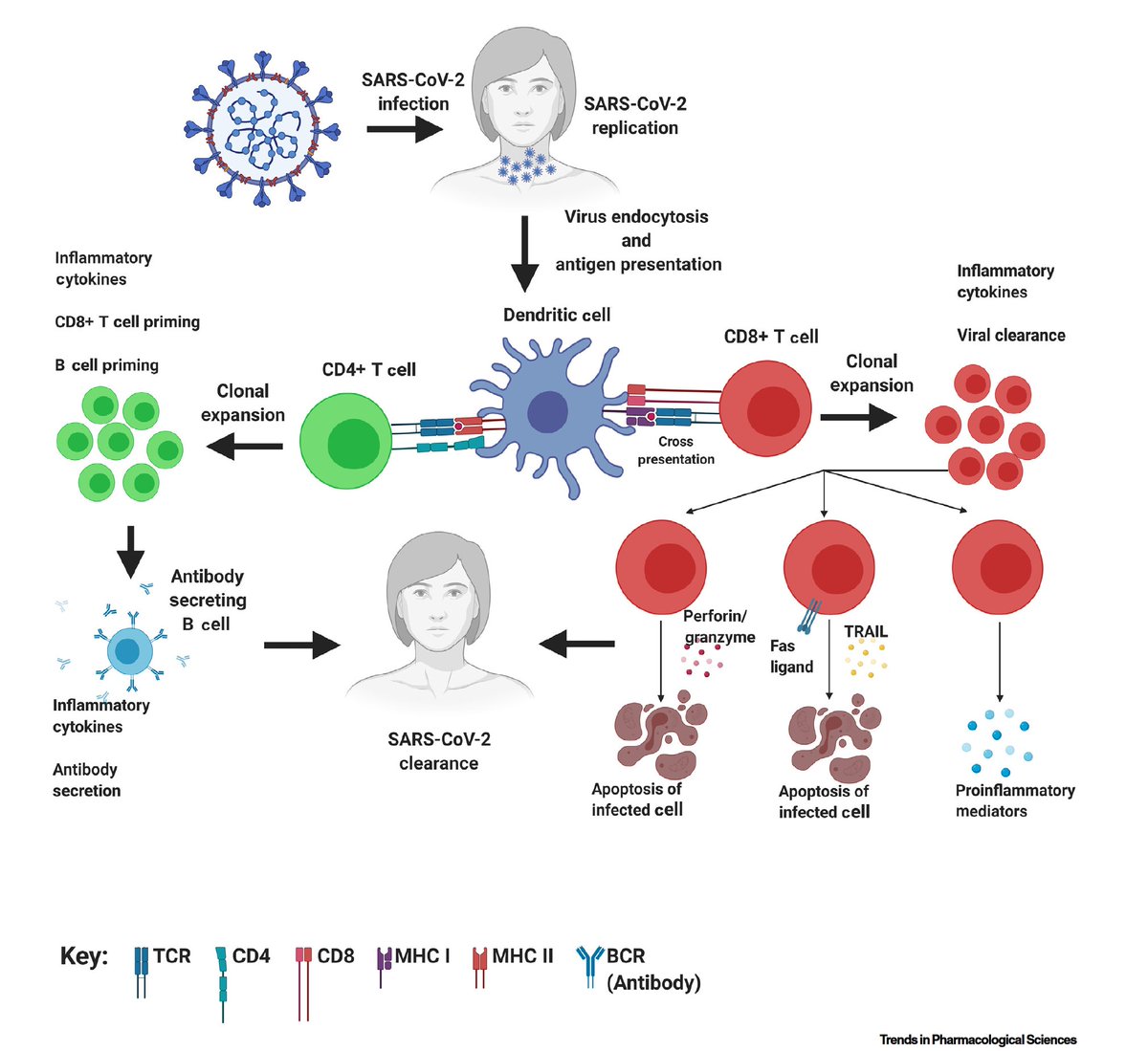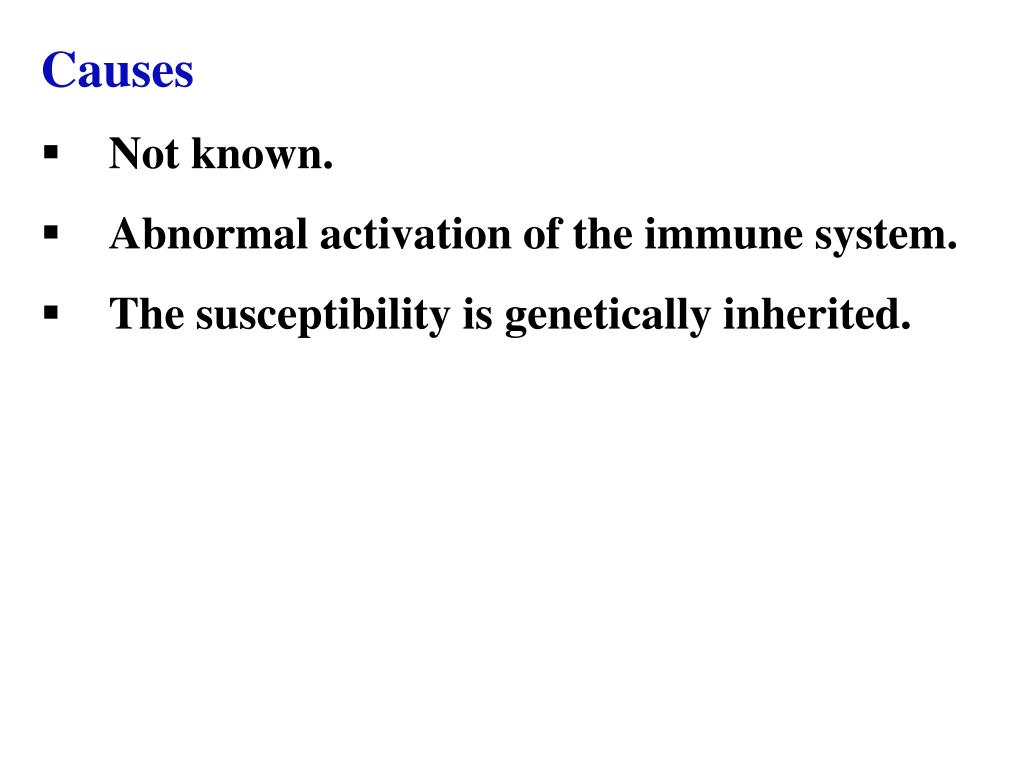

Incubate for five minutes at room temperature to denature the double-stranded DNA. Prepare a fresh solution of 0.2 normal sodium hydroxide, and add 10 microliters to the diluted library. Quantify the amplicon as described in the text manuscript.Īfter calculating the final DNA concentration and the size in base pairs of the product's peak, prepare a new dilution mix for each sample, and transfer two microliters of it to a new pool mix. Then transfer 22 microliters to a new PCR tube, and measure the DNA concentration. Place the tubes on the magnetic stand for five minutes. Mix by pipetting until homogeneous, and incubate at room temperature for two minutes. After five minutes, remove the samples from the magnetic stand, and add 25 microliters of elution buffer. Then open the caps of the tubes, and let them air-dry for five minutes. Then aspirate the remaining liquid using a 10-microliter tip. Add 200 microliters of 80%ethanol to each sample, and incubate for 30 seconds.Īspirate 195 microliters of ethanol, and discard. Aspirate the remaining liquid using a 10-microliter tip. Then aspirate the clear liquid, and discard. Place the mixed sample on the magnetic stand for five minutes. Incubate the tubes for 10 minutes at room temperature. Warm the beads to room temperature for at least 30 minutes, and prepare enough fresh 80%ethanol for 400 microliters per sample.Īdd the beads to each PCR tube, and mix by pipetting 10 times. Use magnetic beads for removal of excess primers, nucleotides, and enzymes. Run PCR using a preset program according to the manufacturer's instructions. Then add 0.2 microliters of the DNA polymerase and five microliters of the prepared DNA into the PCR tubes. In a biological hood, add 45 microliters from the different index tubes to the PCR tubes, taking care to avoid cross-contamination. Meanwhile, allow the different index tubes and DNA polymerase to thaw on ice. Place pipettes and tips in the hood with UV light for 15 minutes to break down residual DNA. Use 150 nanograms of DNA to prepare the library for sequencing. Then leave the DNA pellet to air-dry for 10 to 15 minutes.Īdd 50 microliters of ultra-pure water to the DNA, and perform DNA quantification as described in the text manuscript. Centrifuge it at 16, 000g for one minute at room temperature. Add one milliliter of freshly prepared 70%ethanol, and invert the tube several times. The DNA should become visible as a white floating substance.Ĭentrifuge at 16, 000 times g for one minute, and remove the supernatant completely. Add one milliliter of 2-propanol to the tube containing the supernatant, and gently mix it by inverting. Centrifuge at 16, 000g for four minutes to form a tight pellet containing the precipitated proteins.Ĭarefully transfer supernatant without disturbing the pellet to a new 1.7-milliliter tube. Then vortex vigorously for 20 seconds, and incubate it on ice for five minutes. Add three milliliters of nuclei lysis solution, and pipette several times, causing the solution to become viscous.Īdd protein precipitation buffer to the sample. Vortex the tube vigorously for 15 seconds until completely resuspended. Then discard as much supernatant as possible without disturbing the visible white pellet. Centrifuge at 600g for 10 minutes at room temperature. Invert the tube several times during a 10-minute incubation period at room temperature. Then transfer blood to a sterile 15-milliliter centrifuge tube containing nine milliliters of cell lysis solution. For DNA isolation from blood, gently rock the tube until it is thoroughly mixed. After the incubation, allow the sample to cool to room temperature for five minutes. Then place a biopsy into the tube, and incubate it at 65 degrees Celsius for 15 to 30 minutes.Īdd 17.5 microliters of 20-milligrams-per-milliliter proteinase K, and incubate the tube overnight at 55 degrees Celsius, with gentle shaking.

Add 600 microliters of nuclei lysis solution to a sterile 1.7-milliliter microcentrifuge tube, chilled on ice. If using frozen biopsies, thaw them on ice. Retrieve intestinal biopsies either freshly collected or stored at negative 20 or negative 80 degrees Celsius. Begin by performing digestion and cell lysis of intestinal biopsies.

This has the potential for identification of novel biomarkers in diverse diseases.ĭemonstrating that procedure will be Naomi Salamon, a research assistant from my laboratory. The advantage of next-generation sequencing is the ability to identify unique T or B cell clones and track them in different anatomical sites or in different individuals. This method enables exploration of specific T and B cells at the nucleotide or amino acid level and thus can identify dynamic changes in lymphocyte populations and diversity parameters in different disorders.


 0 kommentar(er)
0 kommentar(er)
